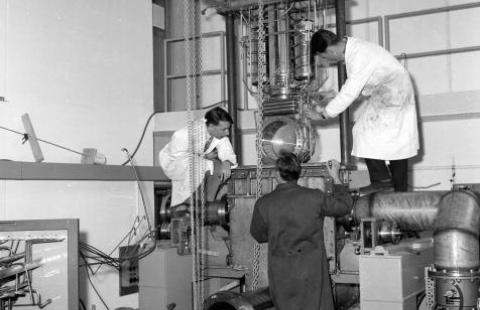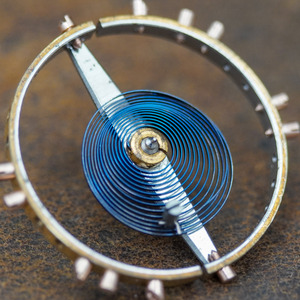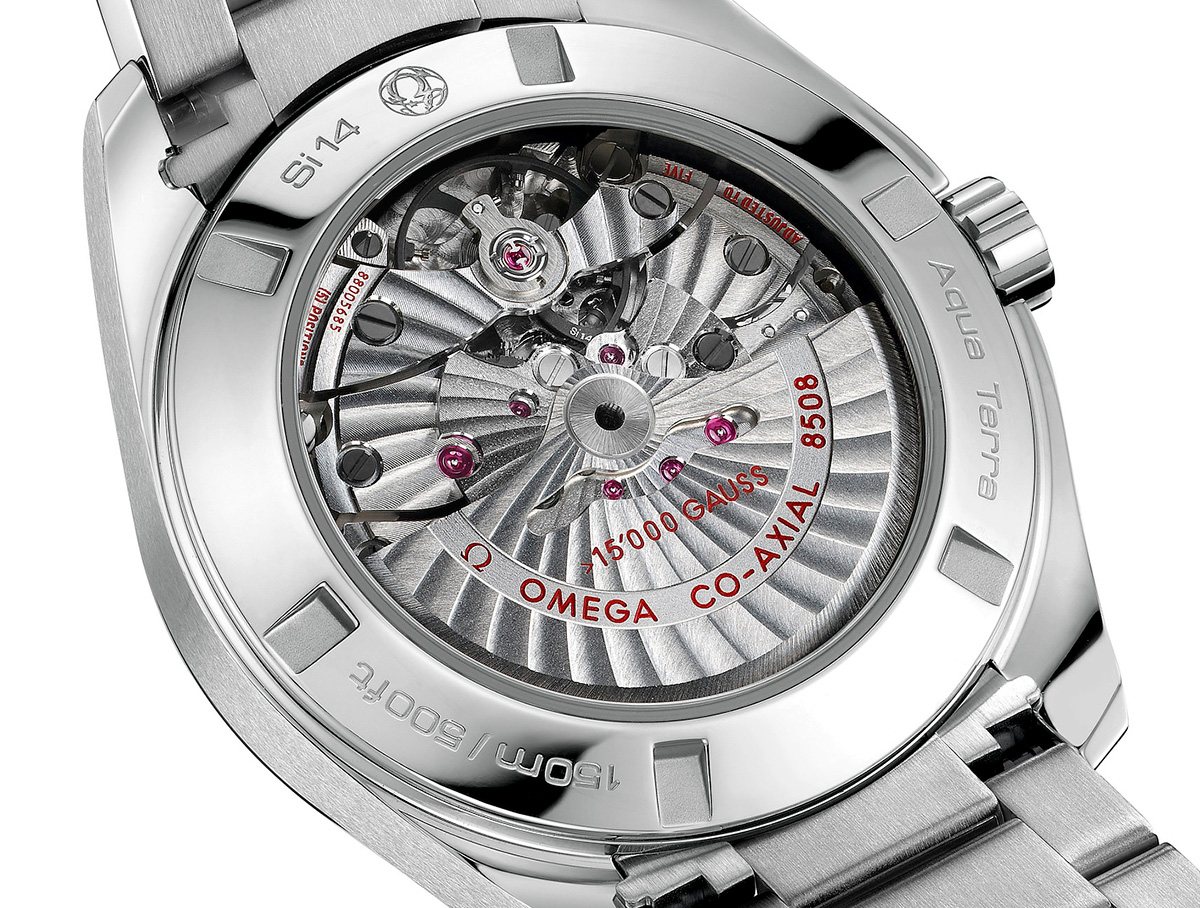[ HIST ] Why Magnetism Matters in Watchmaking
Precision in mechanical watches has always been crucial. In the past, it could have been a matter of life or death. You definitely didn’t want your tool watch to start behaving erratically because you passed too close to an electronic device.

Today, we can rely on electronic timepieces where issues related to magnetism are so minimal that we don’t even think about it. Watches like the Casio G-Shock can withstand up to 60 Gauss of anti-magnetism without a noticeable impact on their performance.
However, with mechanical watches, it’s a different story. Mechanical watches are traditionally made of specific metal parts (steel and brass), and these metal parts are highly susceptible to magnetism, which can quickly invalidate any claim of precision that the watch is making.
For anyone working near electrical machines, this became a huge issue in the 20th century. Since you “couldn’t just check your phone for the time” back then, the problem needed to be addressed by watch manufacturers. As always, necessity being the mother of all inventions, many solutions were born out of this challenge—shaping and transforming traditional watchmaking forever.
When we speak about a watch being subjected to magnetism, we usually refer to a specific component: the hairspring. (This is not the only part that can be magnetized, but we’ll dive deeper into that in later posts.) The hairspring is part of the regulator in the mechanical watch. It regulates the rate of the watch’s power discharge. Without it being precise, the watch will lose power too quickly or too slowly, affecting the reliability and accuracy of the timepiece. Here I go more in depth on this

(image from https://blog.pocketwatchdatabase.com)
One of the pioneers of these innovations was Vacheron Constantin. They developed an early anti-magnetic watch in the 19th century, where they began experimenting with anti-magnetic materials like palladium.

(image from https://www.vacheron-constantin.com)
This brings us to two main approaches in mechanical anti-magnetism watchmaking:
- Using anti-magnetic materials to substitute existing ones.
- Shielding highly magnetic materials by creating Faraday cages (think of it as an iron sandwich) around the movement, and sometimes a combination of both.
With these two techniques, over the years, watch manufacturers were able to create movements that are highly resistant to magnetism, without having to turn the watch into a quartz timepiece or a small computer.

(image from https://www.omegawatches.com)
In this blog, I will explore these techniques and innovations throughout history and also delve into current solutions. I hope you’ll follow along on this journey.